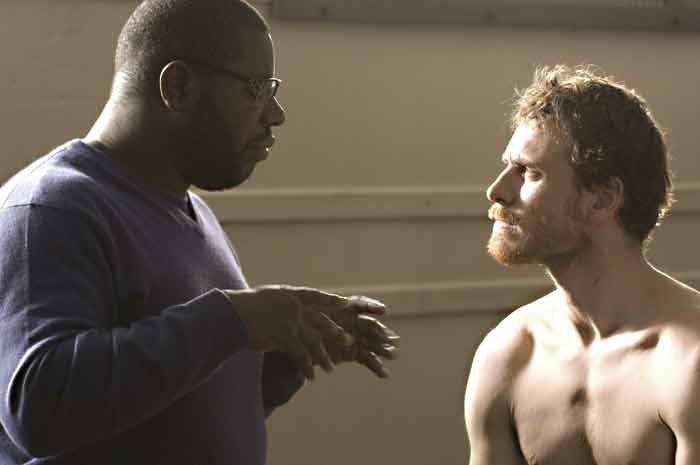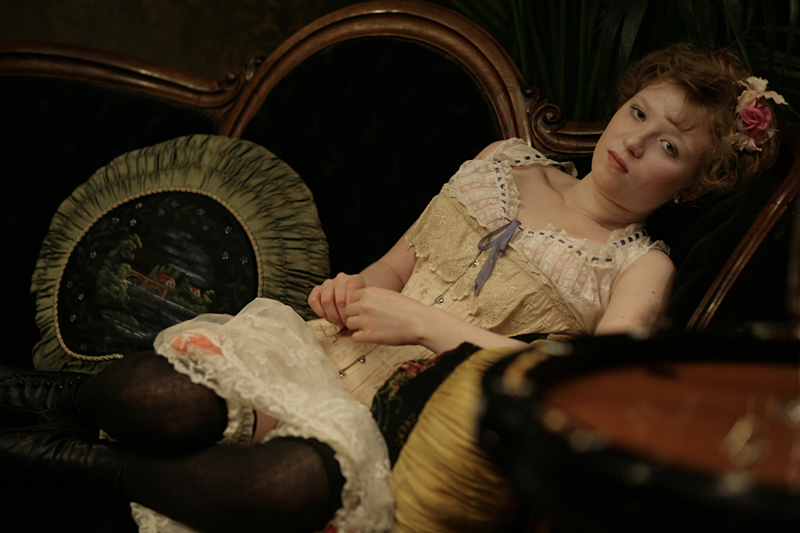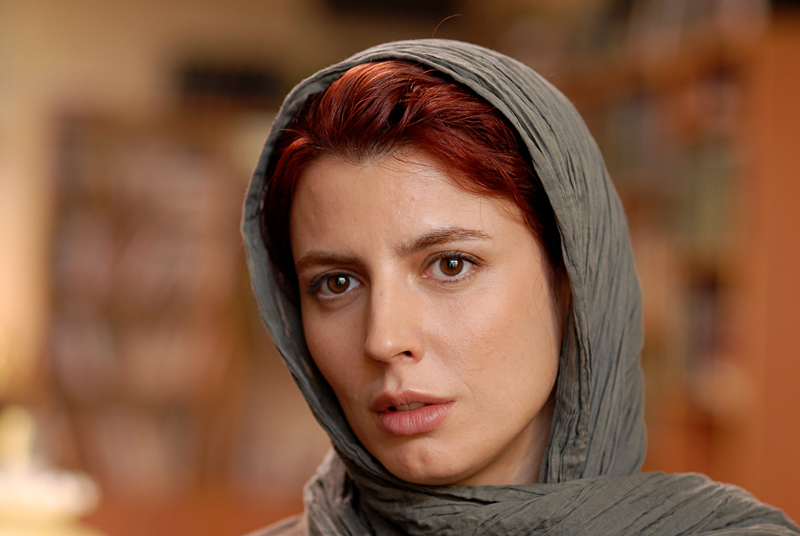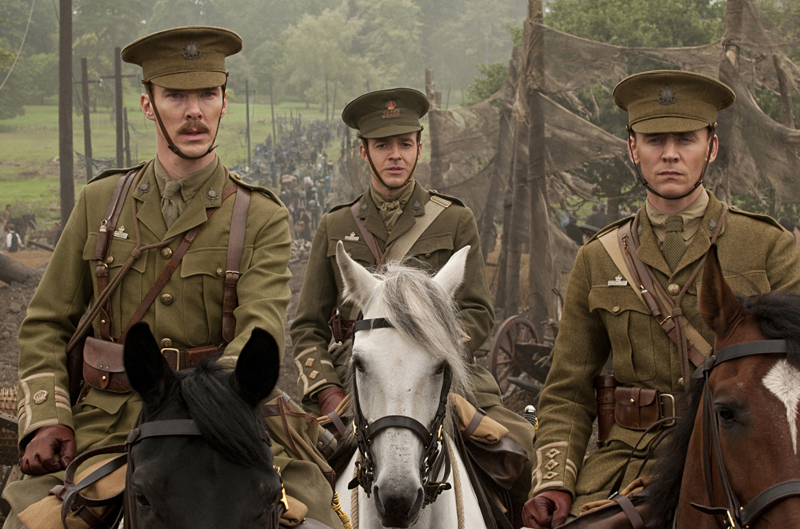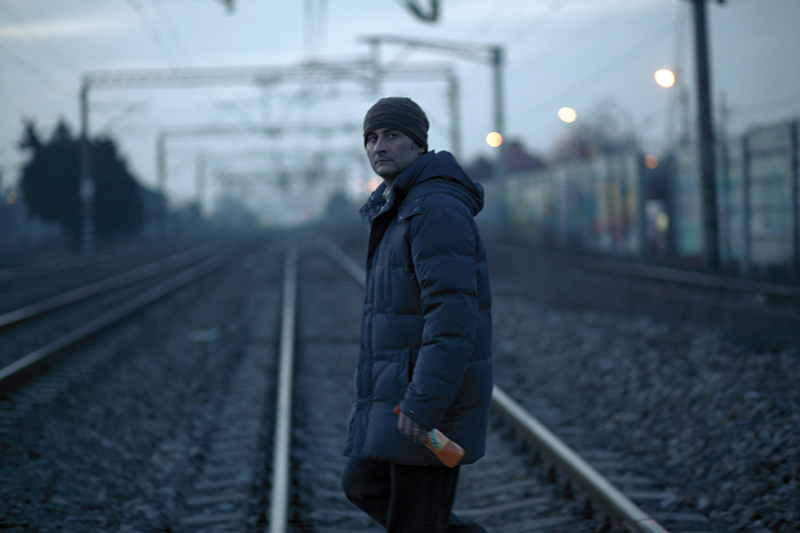Established artists who’ve made mid-career leaps from gallery to movie house have not easily found their footing. But British video artist Steve McQueen is the exception. Hunger, which won the prize for best first feature at Cannes last year, is a superbly balanced piece of work, addressing the passion of Irish Republican martyr Bobby Sands, who starved himself to death in Belfast’s Maze prison in 1981. Perhaps because of McQueen’s experience making video installations, Hunger is a compelling drama that’s also a formalist triumph; McQueen is not just remarkably sensitive to duration, structure, and camera placement, he brings those issues to the forefront without mitigating the power of the situation being represented. As its title suggests, Hunger is concerned with existential situations—imprisonment, punishment, faith in history (if not God). One never knows the precise crimes the prisoners may have committed, and the jailers too are shown locked into their social roles. The emphasis is on procedure. By Hunger‘s harrowing final movement, the subject is now exclusively Sands (Michael Fassbender)—or rather the physical state of his emaciated body—as he lies on a prison-hospital cot covered with running sores and stigmata lesions. One can barely watch this living cadaver or the bedside food tray that is his constant temptation. I’ve seen Hunger three times, and with each screening, the spectacle of violence, suffering, and pain becomes more awful and more awe-inspiring.
PICK Hunger: Starvation as Art
